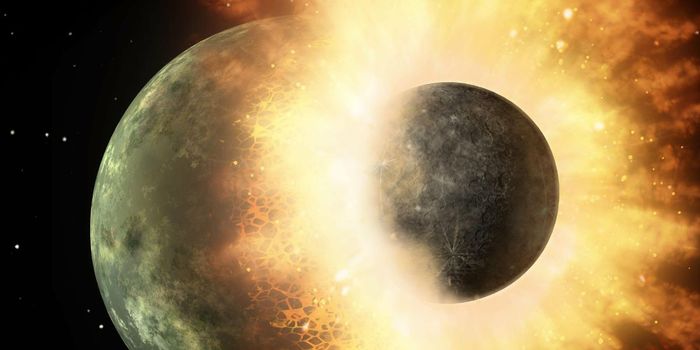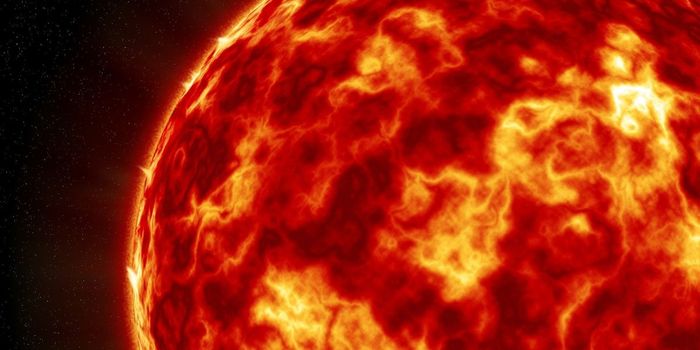Here's Why Flat Maps of the World Aren't Drawn to Scale
Whenever you glance at a flat world map, you should take what you see with a grain of salt. One in particular, known as the Mercator projection, distorts the actual sizes of landmasses like Alaska and Greenland and makes them appear larger in comparison to Africa or North America than they are. But why does this happen?
As it turns out, depicting the surface of a round planet on a flat sheet of paper is no easy task. Upon taking a hypothetical rolling pin to the Earth to flatten it out, there are a series of ways you can spread it out on a piece of paper.
Some projections, such as the Robinson projection, Goode-Homolosine projection, and Gall-Peters projection, display the size of Earth’s landmasses much more accurately, but they leave contoured gaps or visual atrocities throughout the map.
The Mercator projection merely brushes over the not-so-pretty bits of the map by stretching parts of the Earth’s surface out across the flat surface for a more aesthetically pleasing appearance to the map reader.
So the next time you look at a Mercator projection and wonder why Greenland looks so large, now you know why.








